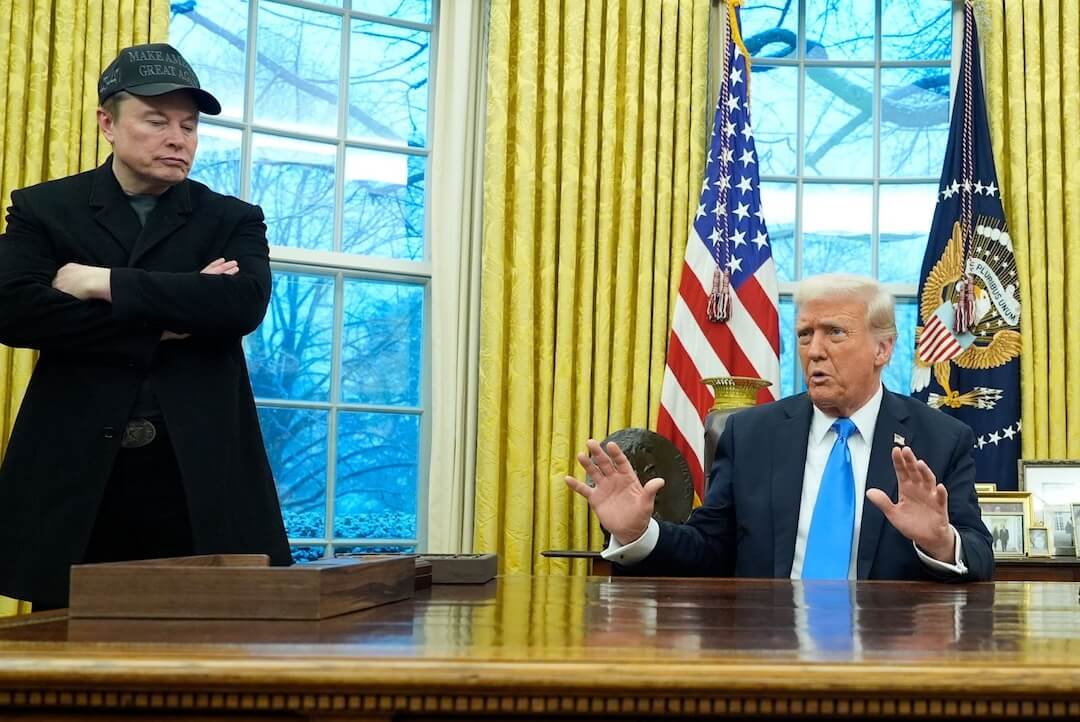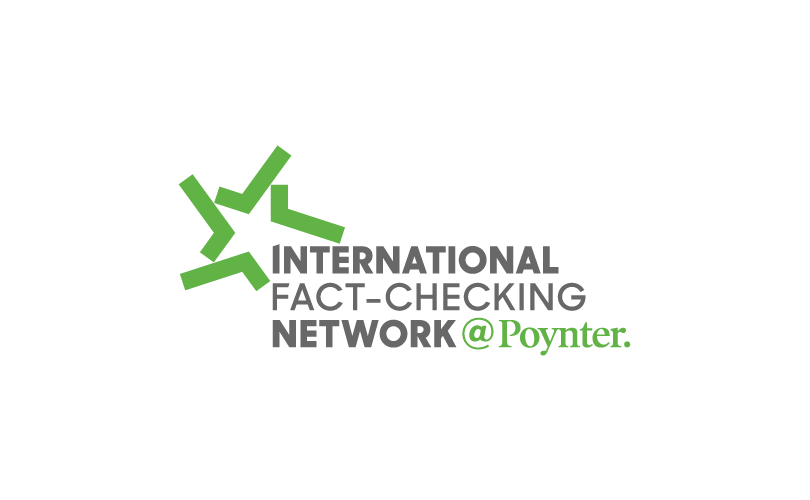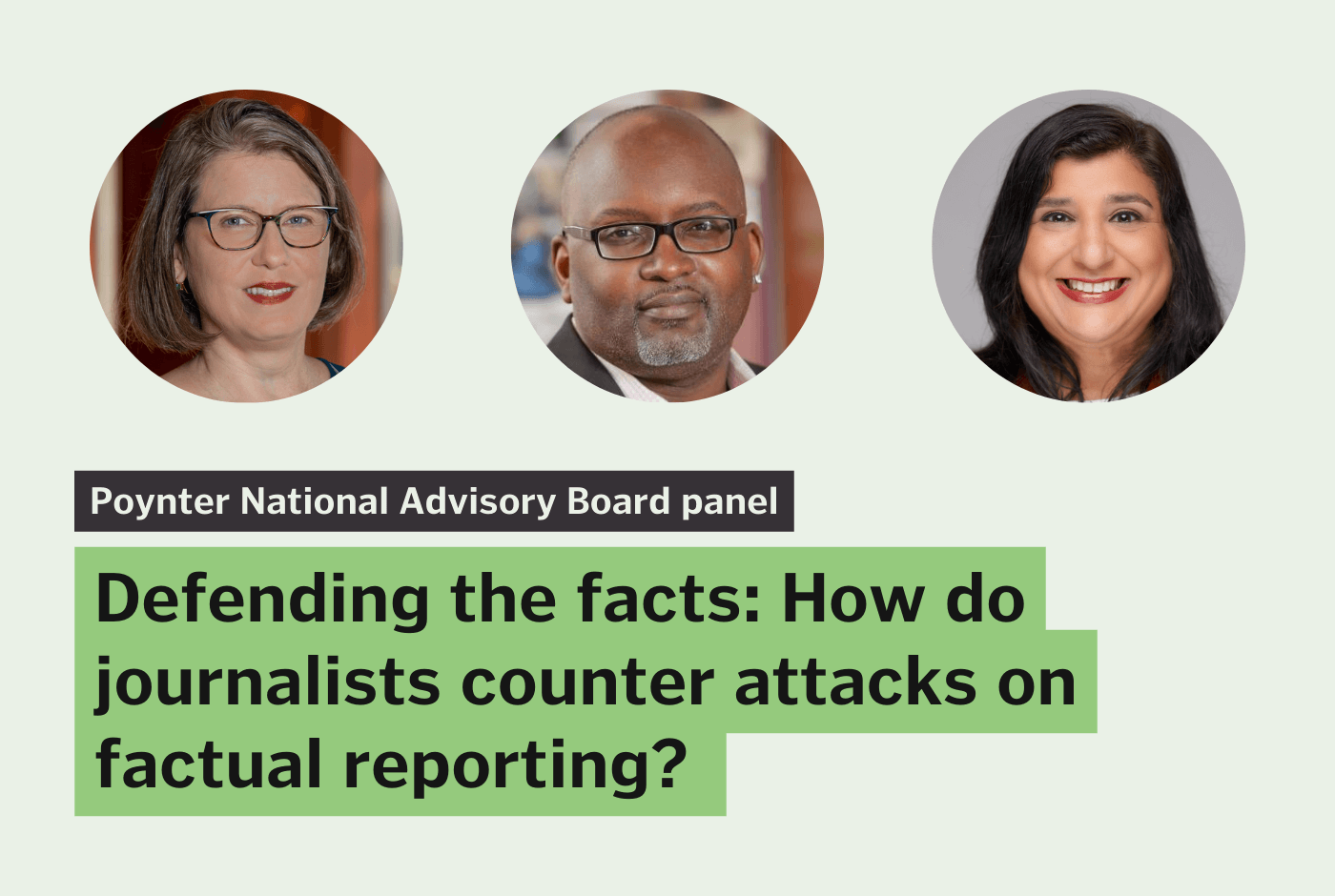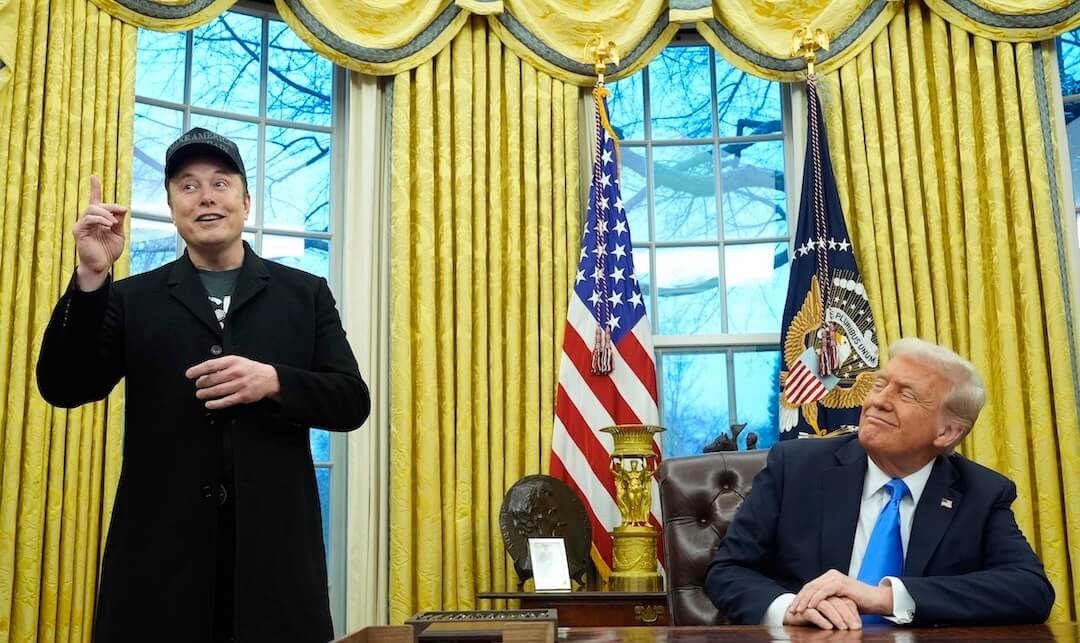Two editors recently shared some useful tips to help journalists detect and prevent mistakes. A selection of their advice is below, and be sure to read both articles.
I’ll add to the offerings by pointing to my free downloadable accuracy checklist. Want to know why I’m such an advocate for checklists? You can read more in this post. It includes a basic overview, as well some slides and a liveblog of a workshop I gave at American University. I also recommend this post from Steve Buttry, which includes his own version of a checklist.
Copy Editing Tips
The first bit of accuracy advice comes from Pam Nelson, who writes the Grammar Guide blog for the American Copy Editors Society. She offered 10 tips for copy editors, though they can also be applied to writers. Writers should use a personal accuracy checklist to review their work before passing it to an editor. The reality is newsrooms have fewer sets of eyes checking each piece of copy, so it’s more essential than ever to be a great self editor.
Among the items Nelson says editors (and writers!) need to check are: spelling of names and places, dates, numbers and math. I also liked her point about checking directions:
8. If a story refers to a direction, check it. That may mean getting out a map and looking at the direction.
This is also good advice:
7. If a story uses a quote that seems off (a teacher misusing grammar, a politician or a law enforcement officer seeming to say the opposite of what you’d expect), check the quote with the writer. Sometimes a writer drops the “not” in a quote.
Resolutions
The second great collection of tips comes courtesy of Terence Walsh, assistant news editor at The Frederick News-Post. His article lists eight resolutions he’s made for this year. It’s a great complement to Nelson’s tips because Walsh’s resolutions are as much about mentality and approach as they are about practice. For example:
Slow down — just a little. Easier said than done, I know. Journalists always have a deadline, and maintaining a good, brisk working pace is essential if the copy desk is to get the paper out on time. When practical, however, the copy editor should take a few minutes to read the story and digest what is being said before making any changes beyond fixing an obvious typo. Making note of any questions you may have is a good idea, but read the whole story and make sure your question isn’t addressed before posing it to the writer or assigning editor. Any “big-picture” issues regarding libel, fairness and the like should be raised as early as possible so that more reporting can be done, a senior editor can be consulted, or the story can be held until the concerns can be addressed.
This resolution is also important:
If it isn’t broken, don’t fix it. John McIntyre, night content production manager at The (Baltimore) Sun, says that a good copy editor knows when to leave things alone. Sounds simple and sensible, but it really isn’t. I’ve been on both sides of this equation: As a longtime copy editor, I can tell you it’s a pleasure to read a story that requires little to no editing. As a writer, I have had well-meaning copy editors make what I consider unnecessary and even bad changes to my work. Not every reporter or editor will agree with every change, but the copy editor should have a good reason why he or she made the change. Furthermore, inserting an error into a story is the cardinal sin of editing, one no editor wants to commit. In other words, make sure what you are “correcting” is actually incorrect.
Editors save writers from making mistakes. It happens all the time. But it’s also true that the editing process can introduce errors. This drives both writers and editors crazy. For a recent example, see this embarrassing typo that changed “herniated disk” to “herniated dick.”
Walsh’s other resolutions are worth reading. As is the full ACES post from Nelson — plus the great comments that offer additional tips.





